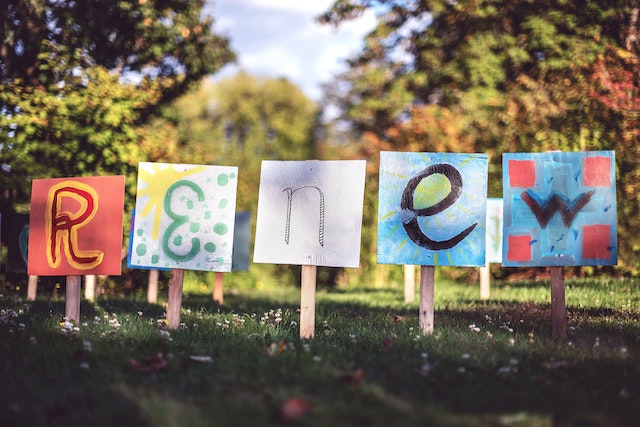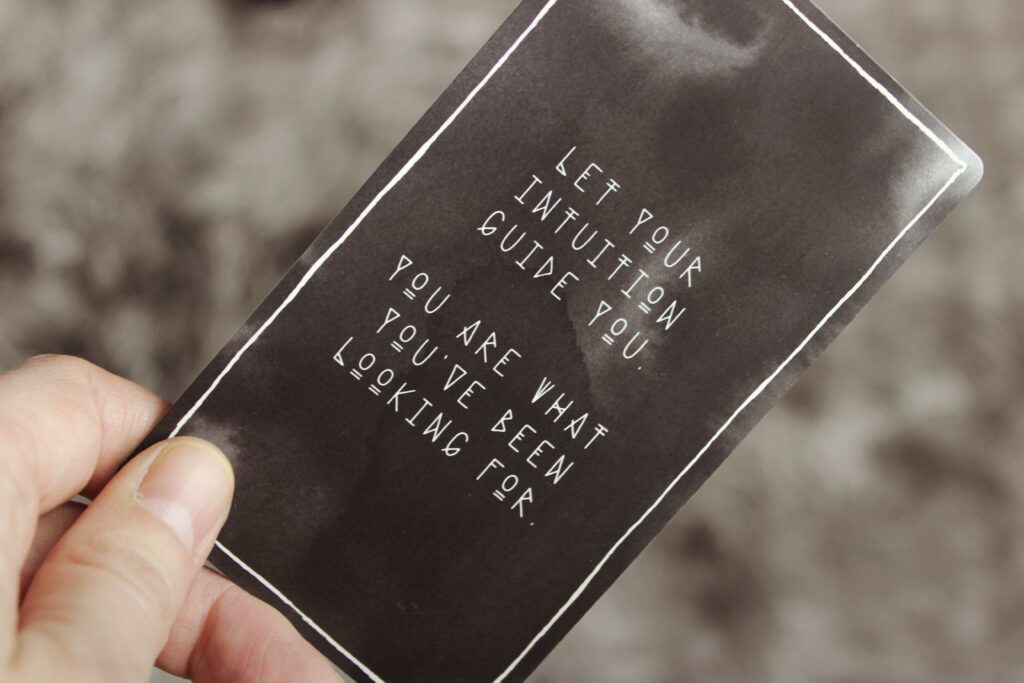Today we’ll explore effective ways to reprogram your mind. But before diving into these strategies, let’s uncover some fascinating facts that underscore the importance of reprograming your mind for a more positive outlook.
Did you know that positive thoughts can significantly enhance your ability to learn and retain information? Not only that, but they can also contribute to increased happiness and even extend your lifespan. Positive thinking isn’t just a mindset; it’s a powerful tool for improving your physical and mental well-being.
According to research, cultivating a positive mindset can result in a variety of health benefits. including reduced rates of depression, lower levels of distress and pain, greater resistance to illnesses, and improved cardiovascular health.
Now that we’ve discussed the significant effect of positive thinking, let’s look at three ways to practice positivity in your daily life.
1. Practice Positivity
One of the first ways to stay positive and reprogram your mind is simply to practice. Practice being positive. Practice is going to make you better. When you think about practicing, you want to become aware of your thoughts and actions.
Instead of automatically reacting to anything that triggers you in a negative light, become aware of what is pushing you down that negative path. Consciously choose to reverse that and align with the positive side of things. After practicing for a while, you’ll notice it doesn’t even phase you. You won’t be that reactive person bothered by things that used to hinder you.
So, practice makes you better, and just keep working to be a better person so that positivity will be your default.
2. Cultivate Kindness
Second, make a habit of doing something for others, not just for yourself. We frequently lose sight of ourselves, which can cause us to become consumed by our egos.
But when you go out of your way to do something nice for somebody else, it can encourage you to maintain that positivity within yourself. You can’t do anything positive for someone else authentically if you are normally negative.
So, try to make it a habit of doing something nice for somebody, whether it be daily or just a couple of times a month. Practice giving yourself, your services, or even just a few words of encouragement. This act can help reprogram your mind towards positivity.
3. Surround Yourself With Positivity
Third, surround yourself with positive people and anything that’s going to radiate positivity for you. Even if you don’t have positive influences or people around you, get out in nature or go to those places that have that type of environment to lift you.
Beyond that, you have your phone. Catch some inspirational videos on YouTube, check out a couple of audiobooks, or anything that will cultivate that positive mindset. It all comes down to our surroundings, our environment, and the things that we absorb into our mindset.
Be aware, be purposeful, and make the intention that you are going to be a positive person no matter what. This proactive approach can significantly reprogram your mind towards positivity.
In Summary
Reprogram your mind for positivity is a journey that requires dedication and intentionality. By incorporating these three strategies into your daily routine, you can gradually shift towards a more positive outlook on life.
Remember, positivity is not just a mindset; it’s a way of life that can transform every aspect of your existence.
If you found these tips helpful, I encourage you to watch the full video below and subscribe to my YouTube channel for even more insights and inspiration. Together, let’s embark on a journey towards a brighter, more positive future.
Keetria is an entrepreneur, wellness advocate, and brand strategy coach for creatives & entrepreneurs with 16 years of public relations expertise working with some of the world’s leading brands, startups, media personalities, and entertainers. If you want to work together, don’t hesitate to reach out.
















